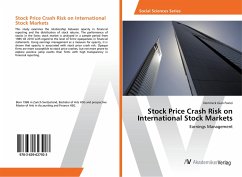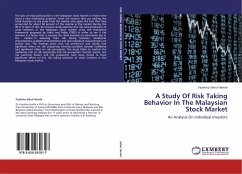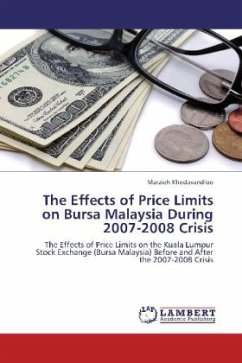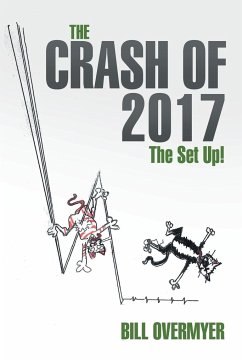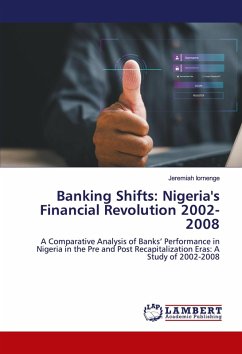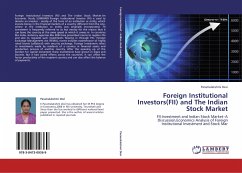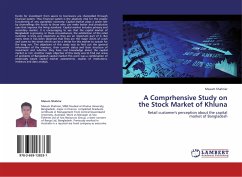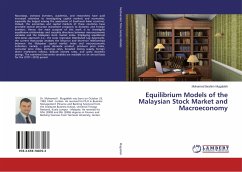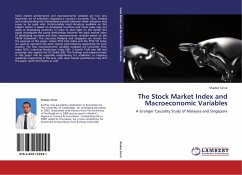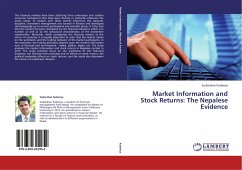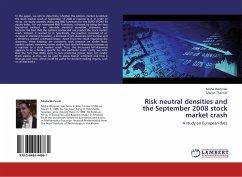
Risk neutral densities and the September 2008 stock market crash
A study on European data
Versandkostenfrei!
Versandfertig in 6-10 Tagen
32,99 €
inkl. MwSt.

PAYBACK Punkte
16 °P sammeln!
In this paper, we aim to determine whether the options market predicted the stock market crash of September 15 2008 or reacted to it. In order to do so, we study volatility smiles and RND functions for the EURO STOXX 50 equity index. For our estimated RND functions, retrieved by using the two lognormal method, we calculate standard deviation, skewness and kurtosis. We find that the options market did not predict the stock market crash. Instead, it reacted to it. Specifically, the reaction consisted of an increase in standard deviation, a decrease in left-skewness and kurtosis and a tendency to...
In this paper, we aim to determine whether the options market predicted the stock market crash of September 15 2008 or reacted to it. In order to do so, we study volatility smiles and RND functions for the EURO STOXX 50 equity index. For our estimated RND functions, retrieved by using the two lognormal method, we calculate standard deviation, skewness and kurtosis. We find that the options market did not predict the stock market crash. Instead, it reacted to it. Specifically, the reaction consisted of an increase in standard deviation, a decrease in left-skewness and kurtosis and a tendency toward a bimodal shape. Apart from the result regarding the skewness, these findings are consistent with research on earlier stock market crashes. However, earlier studies find that left-skewness increases as a reaction to a stock market crash. Thus, the decreased left-skewness appears to be a finding specific for this particular crash. Lastly, we note that the fact that RNDs seem to lack predictive power does not render them useless, as they can be used to assess market sentiment and how it changes over time, which could be useful for decision-making organs, such as central banks.



